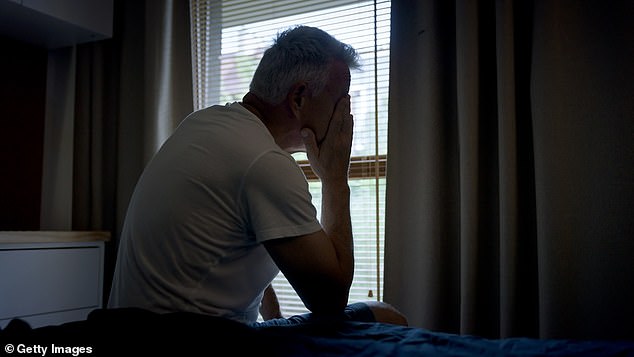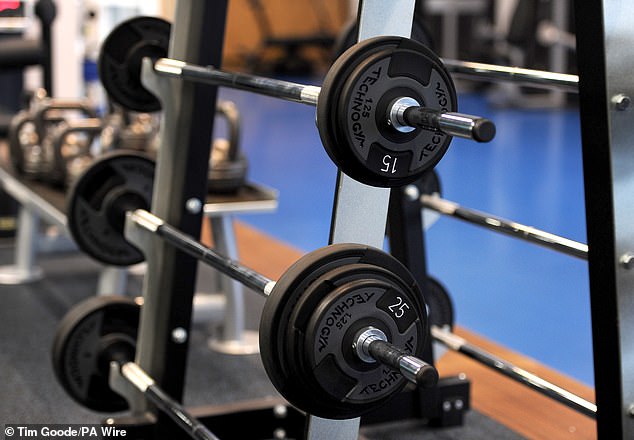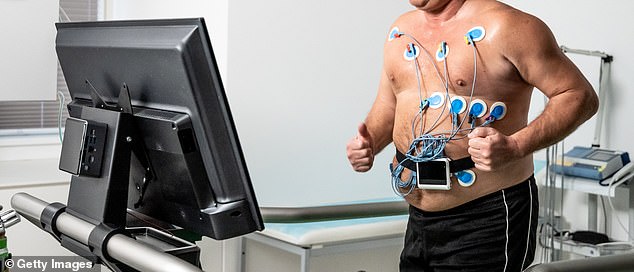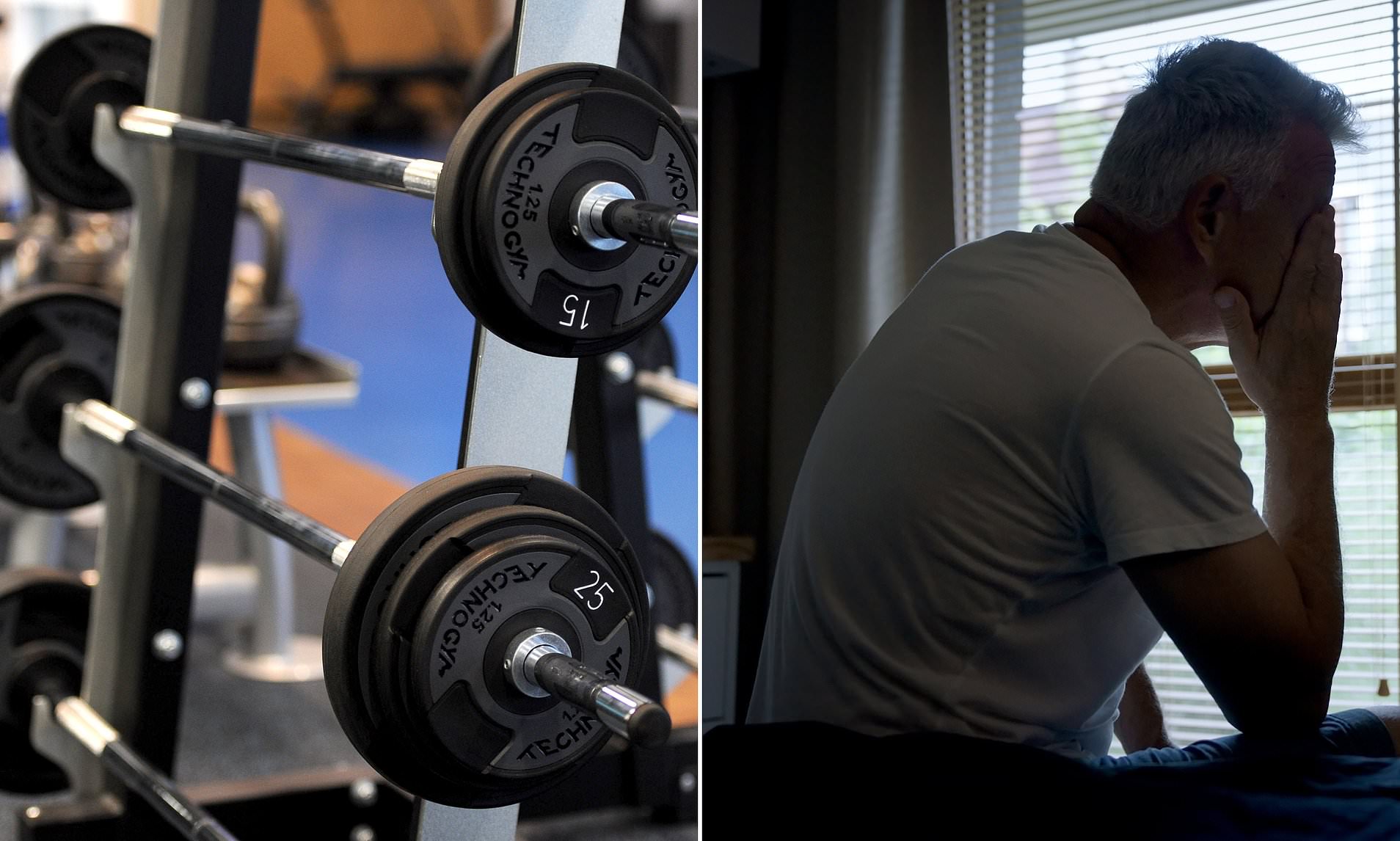Recent studies have uncovered an innovative method to combat insomnia among elderly individuals—through weightlifting exercises.
Based on insights from sleep specialists, engaging in muscle-building exercises like using dumbbells and barbells can significantly improve your capacity to drift off into sleep.
Various conventional types of workouts for senior citizens, including aerobic activities like fast-paced walking or Pilates, have also been observed to be advantageous, though not as much so as strength training.
The research, initially featured in the Family Medicine and Community Health Journal, highlighted that insomnia becomes more common in older individuals because ‘the quality of sleep tends to decrease with aging.’
Data from the research indicated that nearly half of older adults report feeling sleepy (approximately 48 percent), and up to one in five suffer from insomnia.
Fatigue is not the sole drawback, as the research also indicates connections between poor-quality sleep and various issues like
depression
and anxiety.
Decline in cognitive function, cardiovascular diseases and
cancer
There are additional concerns that cause an increase in risk factors among those who suffer from insomnia.
The researchers noted that earlier studies had already determined that exercise can help with insomnia, though it remains unclear which specific types may be most effective.


The research encompassed evaluating 24 clinical studies involving more than 2,045 participants who were 60 years old or older.
The exercises examined in the studies encompassed various forms including: aerobic activities like biking, dancing, swimming, fast-paced walking, and trekking; strength training involving weightlifting, bicep curls, wall push-ups, and using resistance devices; balance workouts such as side stepping, toe-heel walking, and single-legged stands; stretching routines comprising gymnastics, yoga, dance, and Pilates; along with multifaceted regimens combining multiple types of these exercises.
In every study reviewed, over fifty percent incorporated exercises ranging from light to moderately intense, or strictly moderate in nature. Each session typically spanned slightly above 50 minutes, and they were conducted approximately twice or thrice weekly. Generally, these exercise programs extended for about fourteen weeks.
The findings indicated that, according to a conventional measure of sleep and sleep quality, strength or resistance exercises were significantly more effective at reducing insomnia compared to other methods.
The assessment tool employed was the Pittsburgh Sleep Quality Index (PSQI), a straightforward questionnaire designed to evaluate sleep patterns.
Utilising this method, the detailed analysis indicated that strength/resistance exercises enhanced the GPSQI score by 5.75 points.
Aerobic exercises enhanced the GPQSI score by 3.76 points, whereas combination exercises increased it by 2.54 points.
The researchers from the Mahidol University Faculty of Medicine located in Bangkok determined that “exercises aimed at strengthening muscles, as opposed to aerobic or combined workouts, are more efficient in improving sleep quality.”

Huw Edwards, who leads ukactive—the United Kingdom’s trade organization for the physical activity industry—stated: “Physical activity significantly impacts both our physical and mental well-being, offering advantages like enhanced sleep quality, decreased stress and anxiety levels, increased productivity, stronger social connections, and an overall improvement in wellness.”
This research highlights how crucial resistance training can be in addressing insomnia among elderly individuals. We understand that exercising aids in improving sleep quality, and sufficient rest helps enhance our well-being and boost productivity the next day.
‘Ours too is the finding that improving sleep quality (66%) stands out as a primary reason individuals engage in physical activity; thus, it’s crucial that every person, regardless of their age, background, or capability, feels encouraged to incorporate physical exercise into their everyday routines.
‘We aim to transform the UK into the most physically active country in Europe, potentially saving up to £1 billion annually in health care costs associated with lack of exercise, along with an extra £3.6 billion boost to the GDP due to enhanced productivity.’
Read more
